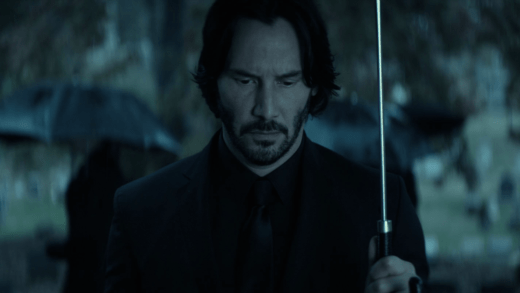History about G.I.Joe drawn from Wikipedia
G.I.Joe was originally a toy manufactured by the company Hasbro (as early as 1964, says Wikipedia!). The original “action figures” were 12″, but a new series — G.I.Joe: A Real American Hero — only 3.75″ tall was introduced in the 1980s. The phrase “action figure” was coined by Hasbro to solve the marketing problem presented by selling “dolls” to boys!
My First Action Figure!


‘Twas the 1980s 3.75″ action figures, that is, the “real American hero,” that captured my attention, resulting in the purchase of the figure/doll Stalker, sadly completely unrelated to the famous Tarkovsky film. I recall being dazzled by the explosively cardboard backing for the toy encased in plastic.
Recall paying around $3-4 for this action figure, three–four weeks’ allowance, to make this object into my own.
G.I.Joe Comics As Vicariously Playing With Action Figures?

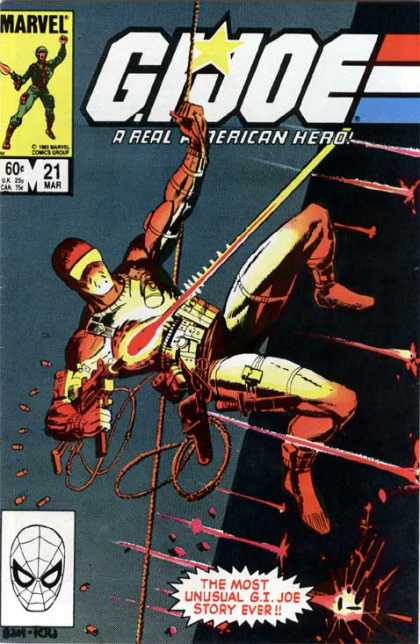

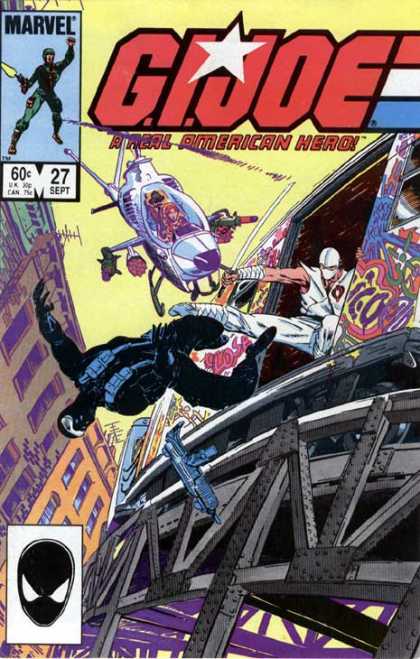
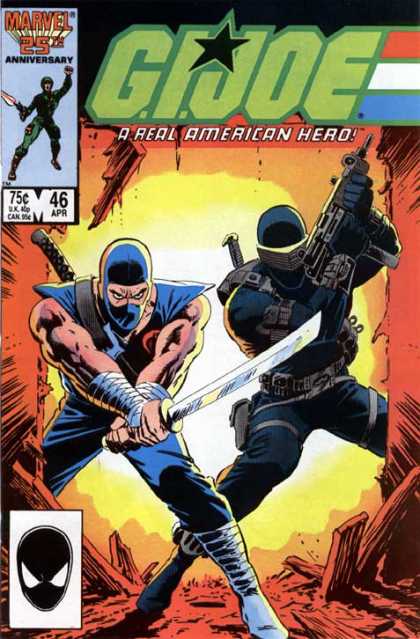
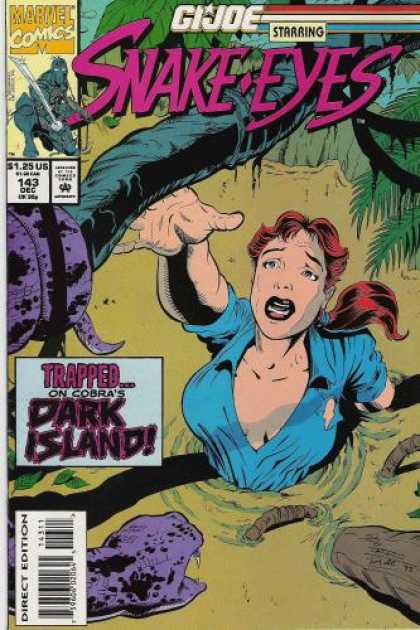
As I entered into adolescence and was shamed into no longer playing with action figures, the Marvel comic series G.I.Joe: A Real American Hero became a new way to enjoy militaristic fantasies of control and power (as well as to reify the fantasy of America’s geopolitical military dominance, for this was the Cold War), for kids that couldn’t play with dolls any longer. The series began back in 1982 but I began reading in the late 1980s.
Believe that I’d purchased my first Uncanny X-Men comic book prior to this—pretty sure it was in a grocery store in Bellaire, Oh.—and when I’d started reading G.I.Joe I was already in love with comics.
It’s hard to describe that experience today, given that no one reads comic books in their hard copy versions (no one meaning not me, basically). You couldn’t torrent whole collections of comic books back then. And after that comic book was no longer available at the grocery store (some 30 miles from home, at that time), how would you come across the older issues that you’d missed?!
Part of the experience of comic books, at that time, was the want for older and newer issues. The newer required waiting, as today. But the older required mail orders—snail mail, folks. Transactions stretched out over four to six weeks!
The Historical-Cultural Moment of the Toy, Comic Books
White working-class American culture in the 1980s was grappling with Vietnam, an unpalatable contradiction in light of the celebrated experience of the American military in the first and second World Wars. So it’s not surprising that to rebrand G.I.Joe, Hasbro baptized it “A Real American Hero”!
(It seems worthwhile to point out that the person (Larry Hama) who came up with the comic book and wrote it and effectively founded the entire G.I.Joe franchise — wonder if he was remunerated by Hasbro?)
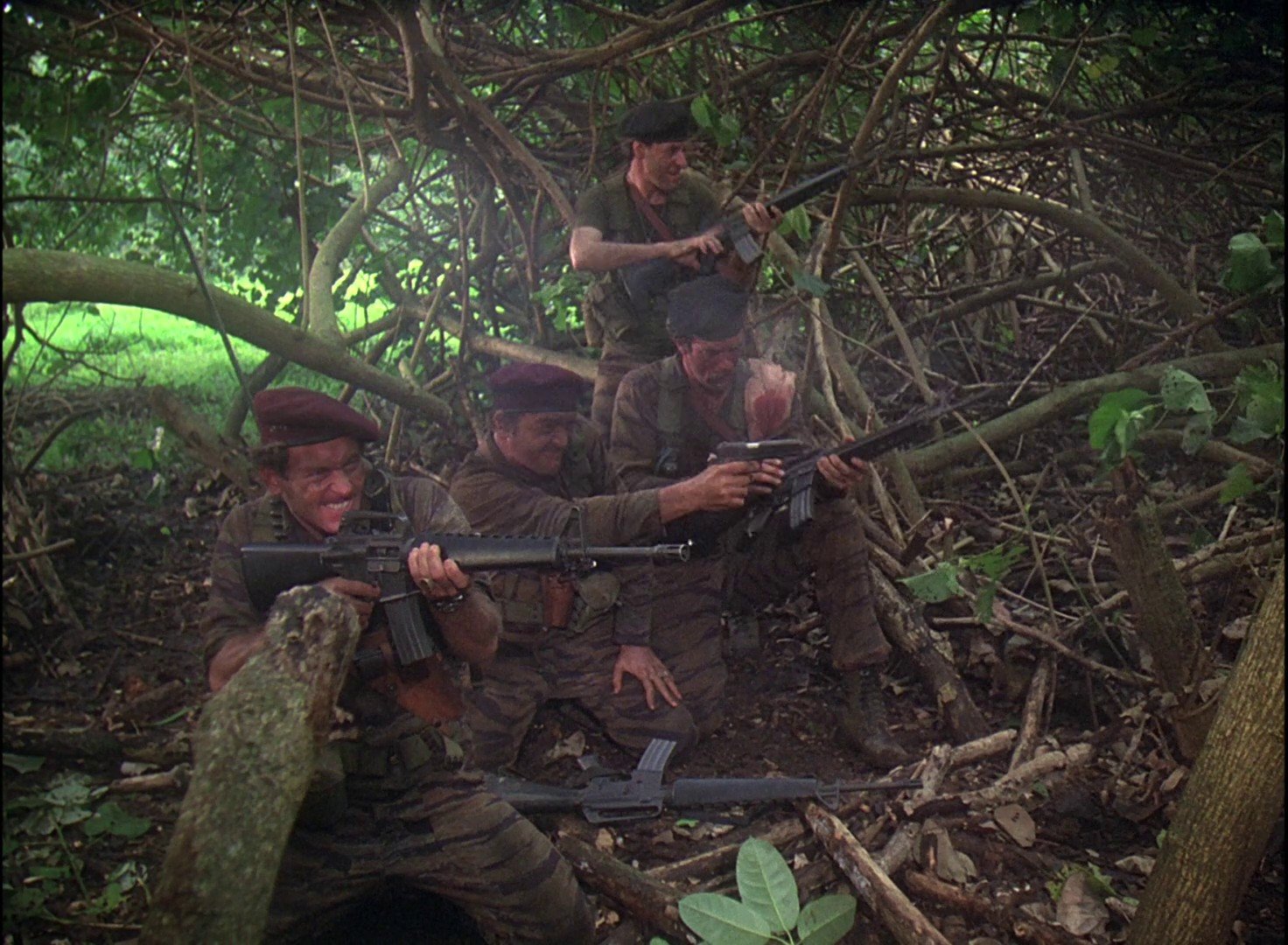
Think of “Magnum, P.I.” [1980-88] (in his earlier iterations on “The Rockford Files,” Tom Selleck played a sort of idiot-savant detective that Rockford tolerates). Magnum’s masculinity is more complicated than other versions. His whiny voice was somehow a charming feature! But at his basis, he’s haunted by his service in Vietnam, the distance between that self-knowledge and his fetishization of his WWII father.
The Punchline
G.I.Joe was an opportunity to retell that story for kids!
Yet, Problems Remain
Heroes are a lot easier to create if they are fighting (domestic) terrorists bent on world domination! Of course, this was the 1980s, before the concept of “domestic terrorists.”
Moreover, what kind of terrorists have uniforms!
The whole point of terrorists is that they should not be distinguishable from everyday people! So Cobra is really just a paramilitary organization in the mold of the SD (SicherheitsDienst), for example. It’s a lot easier to be a hero if the enemy mark themselves as the enemy, has no interest in civilians deaths.
Fastforward to 2009 “G.I.Joe: The Rise of Cobra”: Sex!
While G.I.Joe may have been created to revise America’s popular attitude towards its involvement in Vietnam and its military might thereafter, eventually it becomes just gunplay and sex.
As I’ve said elsewhere, the 2009 film G.I.Joe: The Rise of Cobra is primarily about the characters of Scarlett and Baroness. They are the motivating principles. The supposed primary story is absurd. The characters are idiotic. It’s been fashioned into a love story about the Baroness and Duke, with a little extra occasionally-comic, always-inane tension between Scarlett and Ripcord.
Remember, this is what we’re working with:
Which is not to say that the comic book series didn’t trade in sex here and there. I mean, we are talking about comic books, right? The same source of smut that inspired the righteous Dr. Frederick Werthem to write The Seduction of the Innocent and inadvertently bring about the genesis of the Comics Code Authority (admittedly, a brilliant tactic by the comics industry: we’ll police ourselves! Really!).
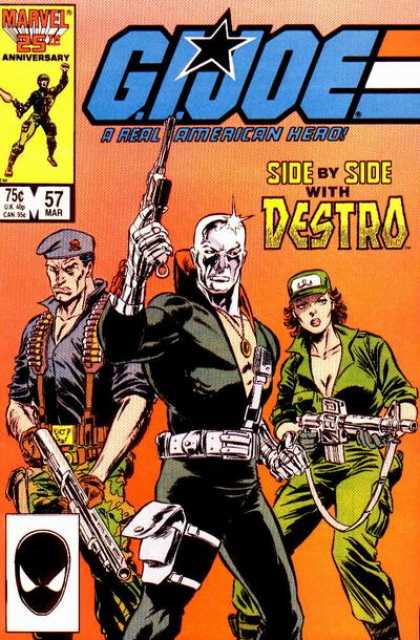
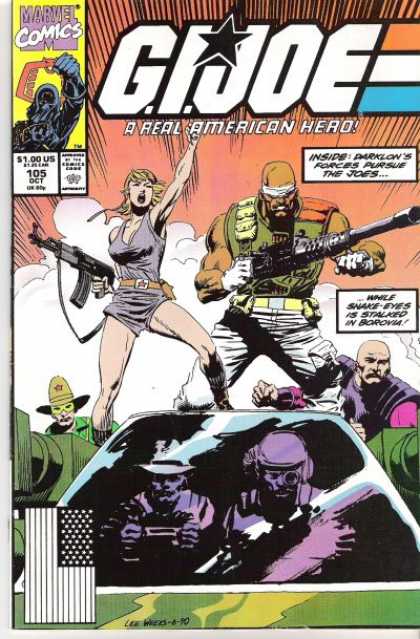

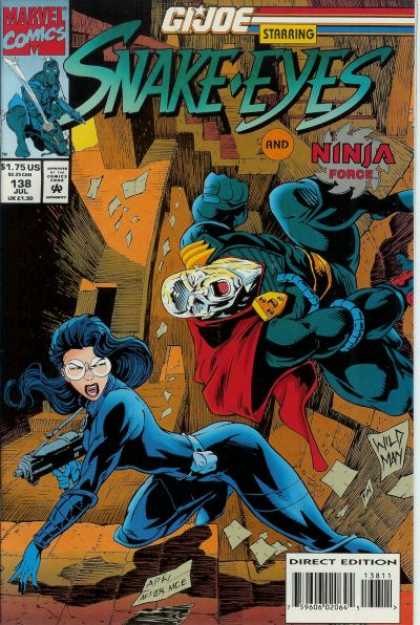
But as I went through the covers of the comic book to find examples of what seemed obvious to me, I couldn’t help but also noticed the erotic representations of male bodies. This isn’t surprising, either. Again, not only are female bodies eroticized in comic books.



